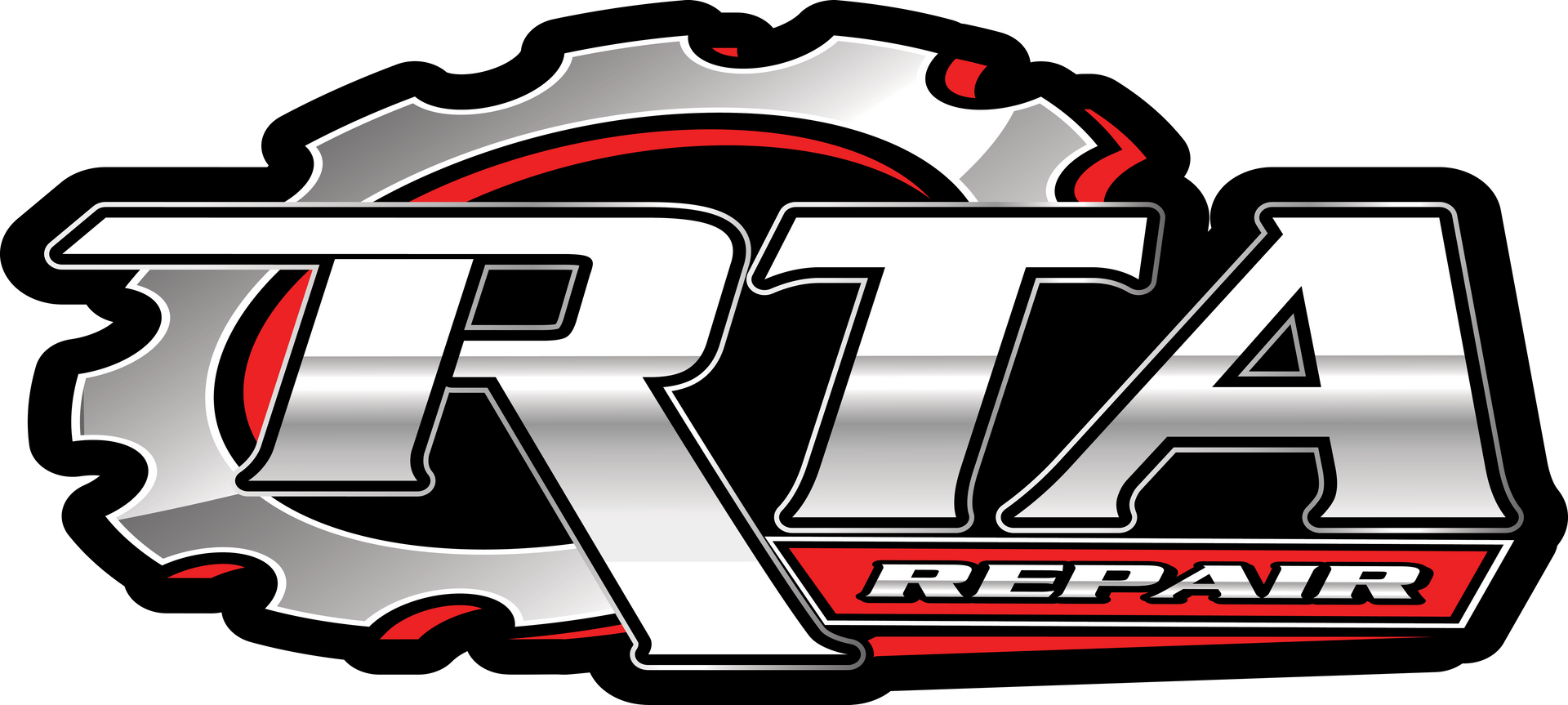Why Do My Tires Wear Unevenly?
Have you ever noticed that your tires wear out at different rates? It's a common concern among drivers, and it can be quite perplexing. Uneven tire wear not only affects the performance of your vehicle but also poses safety risks. But why does it happen? Let's dive into the reasons behind this phenomenon and explore how regular tire rotations can mitigate it.
Understanding Uneven Tire Wear
Tire wear occurs due to various factors, including road conditions, driving habits, and vehicle maintenance. However, uneven tire wear typically indicates underlying issues that need attention. Here are some common causes:
- Improper Tire Inflation: Insufficient or excessive tire pressure can lead to uneven wear patterns. When tires are underinflated, the outer edges tend to wear faster, while overinflation causes wear at the center.
- Misaligned Wheels: Wheel misalignment occurs when the angles of the wheels deviate from the manufacturer's specifications. This can cause uneven tire wear, usually manifesting as feathering or scalloping on the tread.
- Unbalanced Tires: Wheel imbalance occurs when the weight distribution around the tire and wheel assembly is uneven. It often leads to vibrations and uneven tire wear, particularly on the edges of the tread.
- Driving Habits: Aggressive driving, frequent braking, and taking sharp turns can accelerate tire wear, especially on the outer edges of the tread.
- Suspension Issues: Worn-out or damaged suspension components can affect tire alignment and lead to uneven wear. Components such as ball joints, tie rods, and bushings play a crucial role in maintaining proper alignment.
The Importance of Tire Rotations
Regular tire rotations are essential for preserving tire life and ensuring uniform wear across all tires. During a tire rotation service, the technician relocates each tire to a different position on the vehicle. This helps distribute the wear more evenly and extends the lifespan of the tires. Here's why tire rotations are beneficial:
- Maximizes Tire Life: By evenly distributing wear, tire rotations help maximize the lifespan of your tires, saving you money in the long run.
- Maintains Handling and Stability: Unevenly worn tires can compromise vehicle handling and stability, especially in adverse road conditions. Tire rotations ensure consistent traction and performance.
- Prevents Irregular Wear Patterns: Regular rotations prevent the development of irregular wear patterns, such as cupping, feathering, and scalloping, which can affect ride comfort and safety.
- Preserves Warranty Coverage: Many tire manufacturers recommend regular rotations as part of their warranty requirements. Failure to adhere to these recommendations could void the warranty coverage.
When Should You Rotate Your Tires?
Experts recommend having your tires rotated every 6,000 to 8,000 miles, or as specified in your vehicle's owner's manual. However, certain factors may necessitate more frequent rotations, such as driving on rough roads or towing heavy loads. Additionally, it's a good idea to schedule a tire rotation whenever you notice uneven wear or abnormal tire behavior.
Conclusion
Uneven tire wear is a common issue that can affect the performance, safety, and longevity of your tires. By understanding the causes of uneven wear and the benefits of regular tire rotations, you can take proactive steps to maintain your vehicle's tires and ensure a smooth, safe driving experience. Remember to consult with a professional technician at RTA Repair in Moline, IL for expert tire services and maintenance. Keep your tires in top condition, and enjoy the road with confidence!








